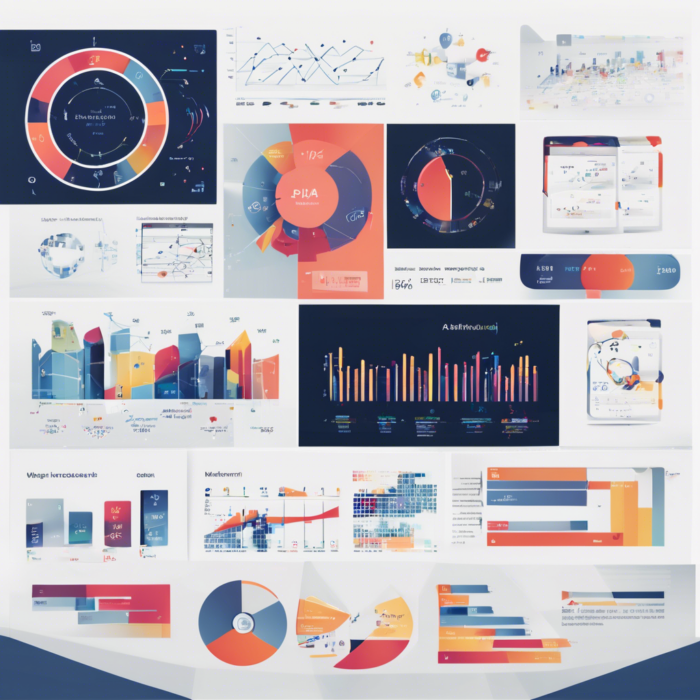Data by itself often appears incomplete. A customer’s email address might provide one touchpoint, but what if their income bracket and past purchasing decisions were added? This is what data enrichment does—it transforms sparse and bare information into an interconnected powerhouse for insights.
What Exactly is Data Enrichment?
Data enrichment involves merging raw in-house data—like first-party customer or operational data—with external information, thus filling missing contexts. For example:
- Combining audience behavior data (clicks, purchases) with demographic data (age, location, etc.) can supercharge marketing segmentation.
Enriched data provides an unparalleled view of your audience profiles, operations, or markets.
Business Applications & Value
-
Improved Sales Targeting: Sales teams can gain improved customer background data, which heightens relevance during lead qualification or follow-ups.
-
Dynamic Pricing Strategy: Subscription services use income or billing trends to create flexible payment packages tailored to specific regions, benefiting both affordability and profitability.
-
Expanded Customer Understanding: Beyond basic identifiers like job title and company name, enriched databases allow engagement scores, industry reputation, and conversion likelihoods.
Enrichment in Practice:
- Tools to Explore: Third-party providers like ZoomInfo or Clearbit specialize in appending validated external details into business systems.
- Common Success Metrics Post-Enrichment: Observing 6% to 12% increases in email campaign responses or conversions across enriched advertising campaigns.
Data enrichment is key to sharpening outreach while boosting operational output, helping businesses thrive in a world flooded with information.

